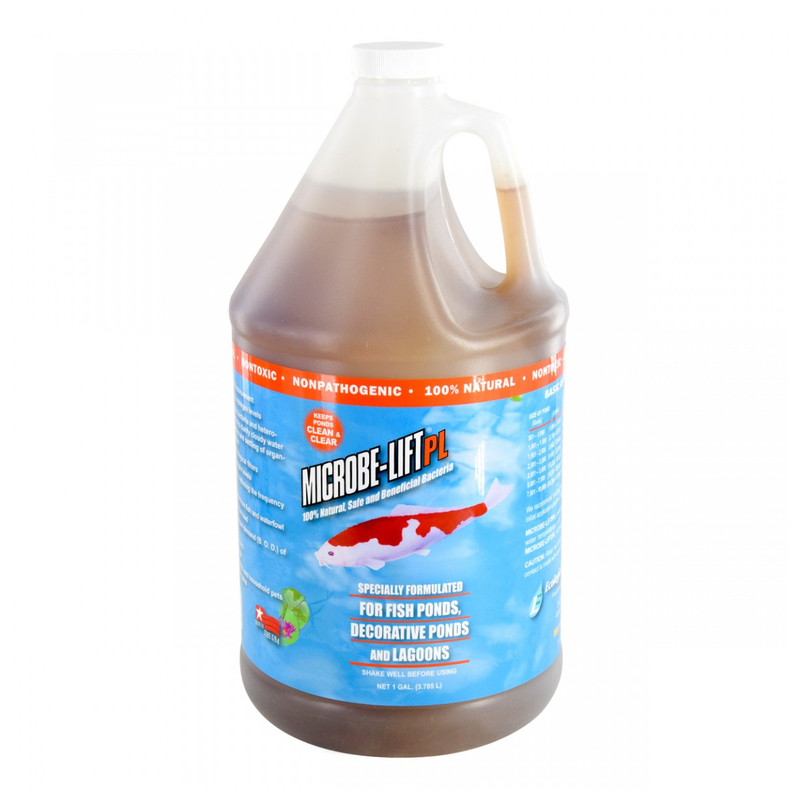



The system will start rescanning the hard drive to identify unnecessary updates. To get rid of them, click the "Clean up system files" button. There are files of old updates left in the system, which are no longer valid, but continue to be stored on the hard drive. However, such a cleansing will also not be complete. To clear the memory of this extra information, click OK. There is information about the operation of programs, temporary Internet files, a basket, various reports, etc. In the list, you will see which data will be deleted. If you have never run a cleanup of temporary files, then the list creation process may take a long time. Select "Properties" of the disk - on the "General" tab there will be a button "Disk Cleanup".Īfter starting the utility, you need to wait a bit until the system generates a list of data that can be deleted without harm to the system.
WECLEAN CLEAR WINDOWS
Disk CleanupTo run the Disk Cleanup tool in Windows 7, open Computer and right-click on the Windows partition. Therefore, it is better not to look for individual folders, but to use the built-in Disk Cleanup tool, the purpose of which is to delete temporary files in Windows 7.
WECLEAN CLEAR FREE
However, the cleaning should not end there - there are still temporary browser files that also take up free disk space.

The contents of the "Temp" folders can be safely deleted from the system. To get into it, you need to enable the display of hidden folders in the settings or use this method: Windows temporary files are stored in several system folders, from where they can be deleted manually. Some may recommend deleting the Temp folder, but this is not recommended, as there is a risk of disrupting the computer's performance. In these ways, you can delete temporary files on your computer that fill up space on your system drive and also slow down your computer. The step-by-step instruction looks like this: Unfortunately, this method is not suitable for other operating systems.
WECLEAN CLEAR PRO
The free version is enough to clean the system of temporary files, however, the program contains constant advertisements asking you to switch to the paid PRO version. The program also has a user-friendly interface, which is translated into Russian.Īlso another powerful, but less popular computer optimization program. The main advantage is the ability to customize the cleaning as you need, as well as remove data from non-system applications. Option 1: CCleanerĬCleaner is a very popular free program for cleaning your computer of "junk" files and optimizing its performance. You can also clean up using the built-in functionality of Windows. You cannot delete this folder, as this can lead to fatal consequences for the entire operating system.Įspecially for cleaning this folder and other sections of the system where "junk" files can be located, cleaner programs have been developed. Over time, the Temp folder, where all junk or not particularly important information is stored by default, can begin to take up tens of gigabytes on your hard drive. However, the rest tends to accumulate, taking up space on the system drive, thereby slowing down Windows. Much of this information is deleted automatically and does not take up disk space. Temporary files in Windows are formed as a result of storing intermediate information, for example, data from the clipboard, launch data for certain programs, etc.


 0 kommentar(er)
0 kommentar(er)
